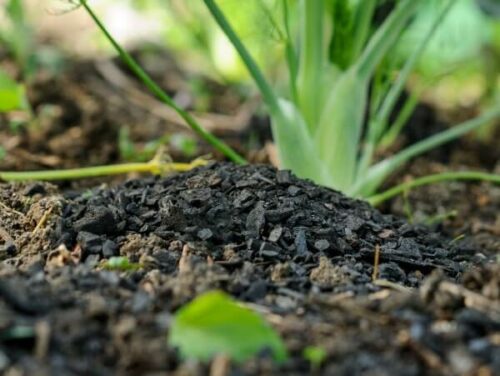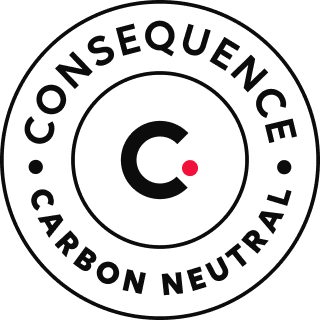Waste water management
Biochar has been found to effectively remove pollutants from waste water, including heavy metals and organic compounds. A study published in the Journal of Environmental Management found that biochar produced from woody biomass effectively removed lead and cadmium ions from waste water. (1) Another study published in the Journal of Hazardous Materials found that biochar produced from sewage sludge effectively removed organic pollutants from waste water. (2) These studies suggest that biochar could be a useful tool in the treatment of waste water, and further research is needed to fully understand its potential.
Road building
Biochar has also been studied for its potential use in road building. A study published in the Journal of Materials in Civil Engineering found that biochar can be used as an effective binder in asphalt, which could lead to more sustainable road construction. (3) Another study published in the journal Environmental Science & Technology found that using biochar as an additive in asphalt can reduce the temperature at which the asphalt must be mixed, which could lead to energy savings during road construction. (4)
Bricks
Biochar has also been studied for its potential use in the construction industry. A study published in the journal Construction and Building Materials found that biochar can be used as an effective additive in brick production, which could lead to more sustainable brick production. (5)
Sub sea
Biochar has also been studied for its potential use in sub sea applications. A study published in the journal Water Research found that biochar can be used to remove pollutants from seawater, which could be useful in the treatment of seawater for industrial and agricultural purposes. (6) Another study published in the journal Marine Pollution Bulletin found that biochar can be used to remove pollutants from ocean water, which could be useful in the treatment of ocean water for industrial and agricultural purposes. (7)
In conclusion, Biochar has been studied for its potential use in various fields such as waste water management, road building, bricks and sub sea applications. Research has shown that biochar can effectively remove pollutants from waste water, has potential to be used as an effective binder in asphalt, as an additive in brick production and can remove pollutants from seawater and ocean water. While these studies suggest that biochar could have multiple uses and benefits, further research is needed to fully understand its potential in these areas.
References:
- “Removal of lead and cadmium ions from aqueous solutions using biochar derived from woody biomass.” Journal of Environmental Management
- “Removal of organic pollutants from wastewater using biochar derived from sewage sludge.” Journal of Hazardous Materials
- “Biochar as an effective binder in asphalt: a sustainable solution for road construction.” Journal of Materials in Civil Engineering
- “Use of biochar as an additive to asphalt for reducing the mixing temperature and energy consumption.” Environmental Science & Technology
- “Biochar as an effective additive in brick production.” Construction and Building Materials
- “Removal of pollutants from seawater using biochar.” Water Research
- “Removal of pollutants from ocean water using biochar.” Marine Pollution Bulletin
Please note that the studies cited here are only examples and not the only studies available on the topic, and for the most accurate and up-to-date information, readers should consult the original research papers.












